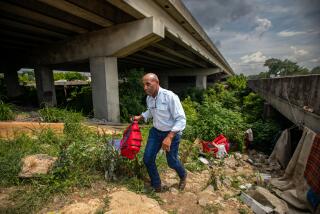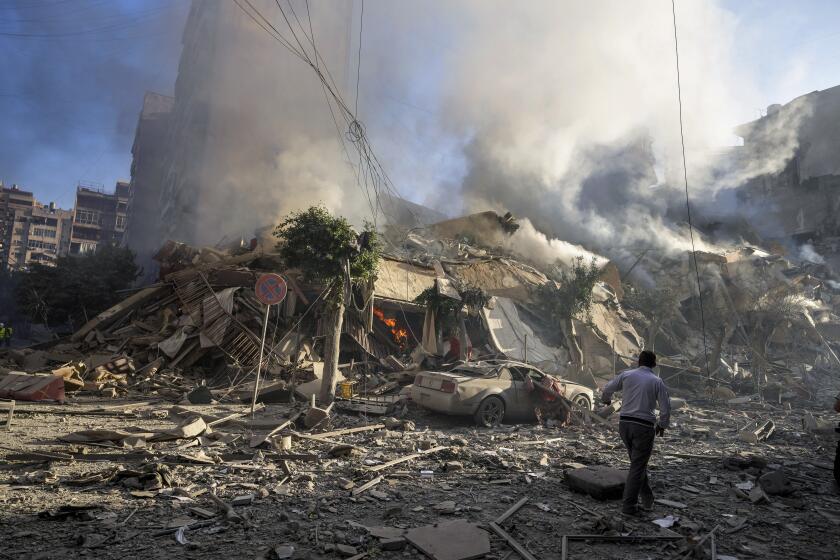Vulnerable Hit Hardest by Katrina, Study Says
BOSTON — Poor African American residents of New Orleans were disproportionately displaced by Hurricane Katrina, a study released Thursday confirmed.
The demographic research by Brown University sociologist John Logan reinforced anecdotal observations and media images that showed the city’s most socially vulnerable residents were hit hardest by the Aug. 29 storm and subsequent flooding.
The study raised questions about who would be able to return to New Orleans as it rebuilds. Examining the social differences among the city’s 13 planning districts and 72 neighborhoods, Logan found that New Orleans was at risk of losing as much as 80% of its black population.
“The suffering from the storm certainly cut across racial and class lines,” Logan said. “But the odds of living in a damaged area were clearly much greater for blacks, residents who rented their homes and poor people.”
Logan based his conclusions on a combination of U.S. Census data and disaster classification information from the Federal Emergency Management Agency. He also analyzed satellite maps of the area and visited New Orleans and the Gulf Coast last month.
“I had mapped most of these data, and had an impression about it, but I didn’t want to do anything about it until I had seen it,” Logan said.
Despite his familiarity with the numbers, Logan said, his stay in the storm-ravaged area made a strong impression: “I have never been in a war zone,” he said. “But that analogy kept coming back to mind.”
Logan said he undertook the study because “I felt compelled on a personal basis to commit some time and energy to understanding what happened” in the hurricane zone. He found the damage wrought by Katrina to be a textbook example of how where someone lives can determine that person’s future.
Media reports at the time of the disaster that depicted an overwhelmingly poor, black population suffering from Katrina were not distorted, Logan said.
About one-third of the 1.7 million residents of the region hit by Katrina lived in areas that sustained flooding or moderate to catastrophic storm damage, Logan said. His study found that the population in the damaged areas was 45.8% African American, compared with 26.4% in the undamaged areas.
He said 45.7% of the population in the damaged areas lived in rental housing, compared with 30.9% in undamaged areas.
In the damaged areas, 20.9% of the population was living below the poverty line, compared with 15.3% in the areas that were not damaged.
Pre-Katrina unemployment was 7.6% in the damaged areas and 6% in undamaged areas.
The data also showed that the New Orleans areas most affected by Katrina housed half of the city’s white residents and 80% of its African Americans.
Logan said that decisions not to rebuild in heavily flooded areas therefore would disproportionately affect black residents.
“Policy choices affecting who can return to which neighborhood, and with what forms of public and private assistance, will greatly affect the future character of the city,” Logan wrote in the study, funded in part by the National Science Foundation.
He conceded that, in some ways, his investigation confirmed what had seemed obvious. But, he said, the data would help inform the broad understanding not merely of Katrina, but of future catastrophes.
“There are many hurricanes to come,” Logan said.
More to Read
Sign up for Essential California
The most important California stories and recommendations in your inbox every morning.
You may occasionally receive promotional content from the Los Angeles Times.










